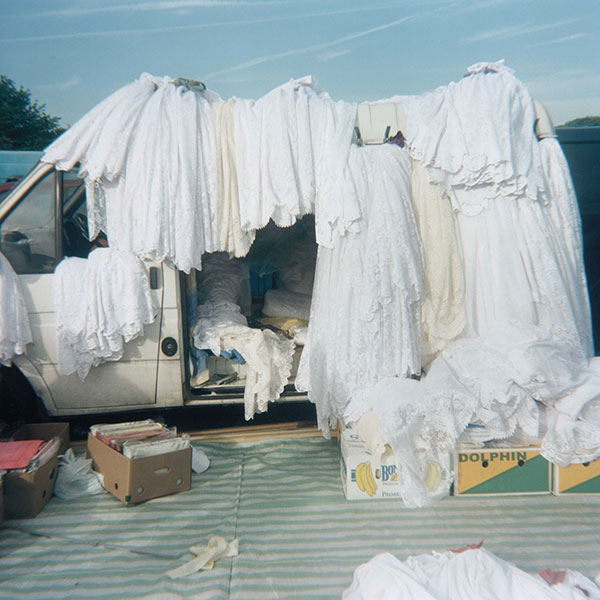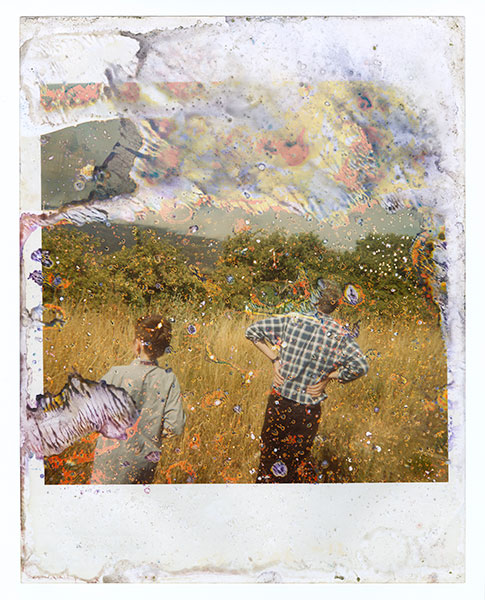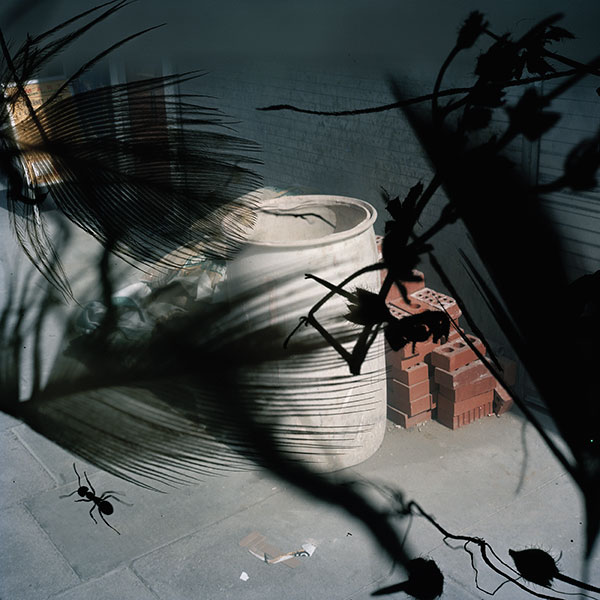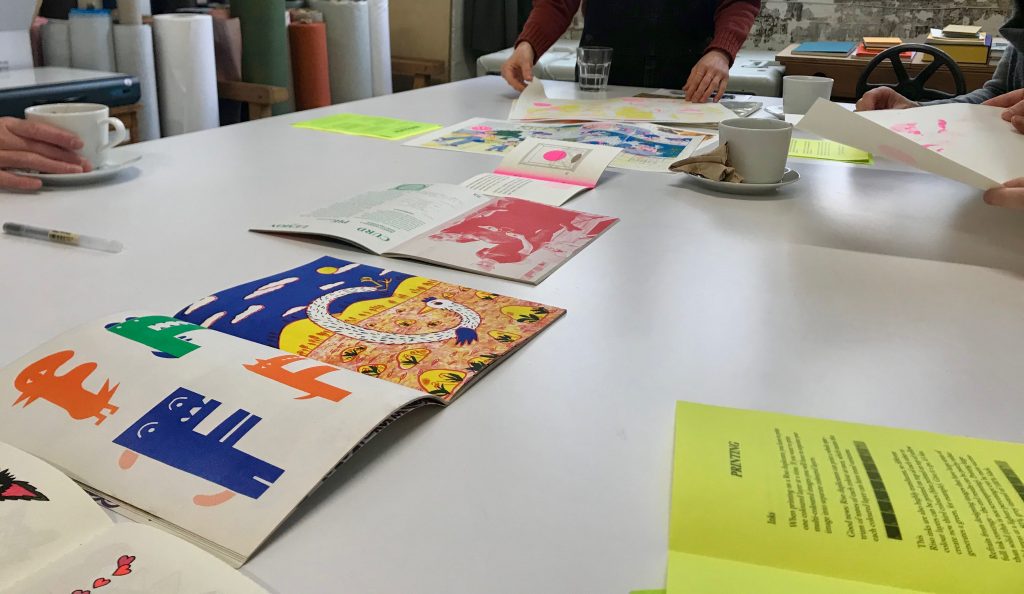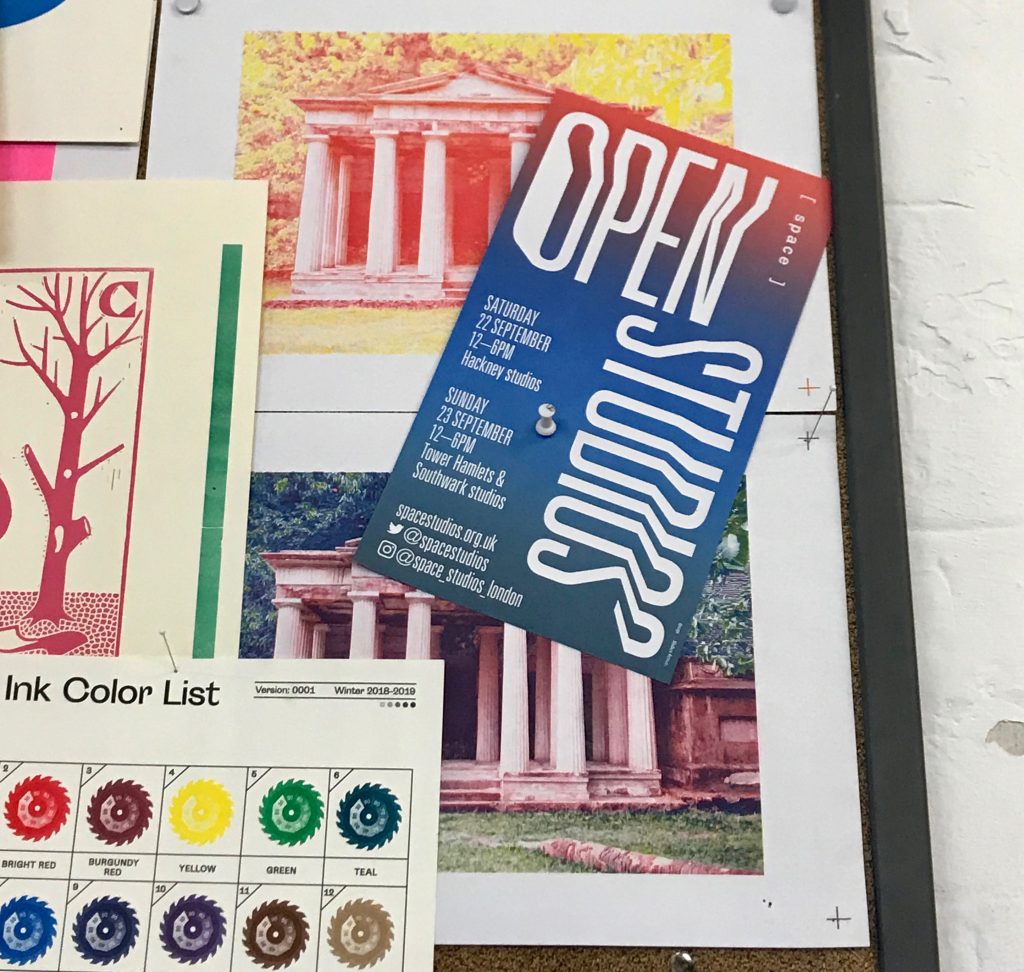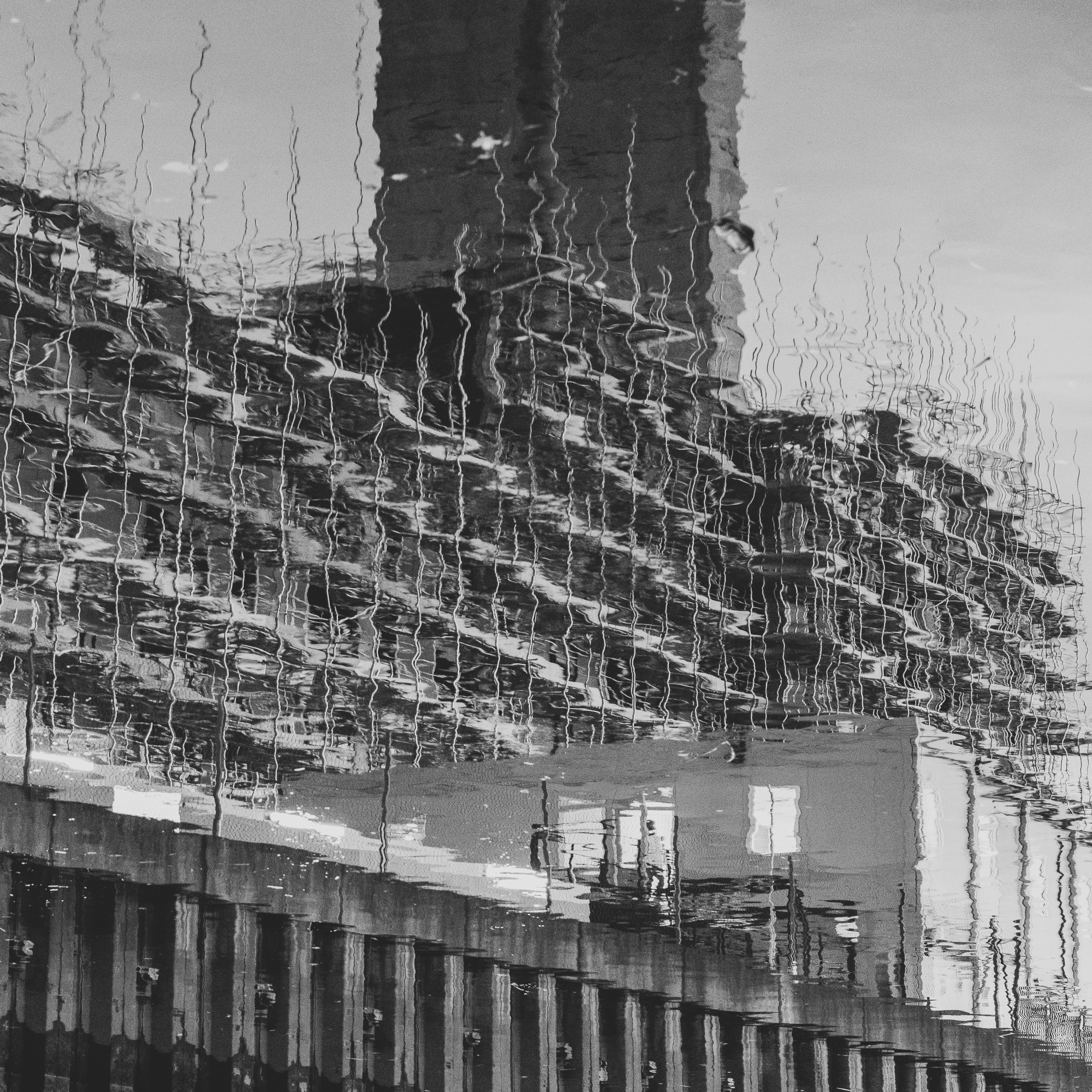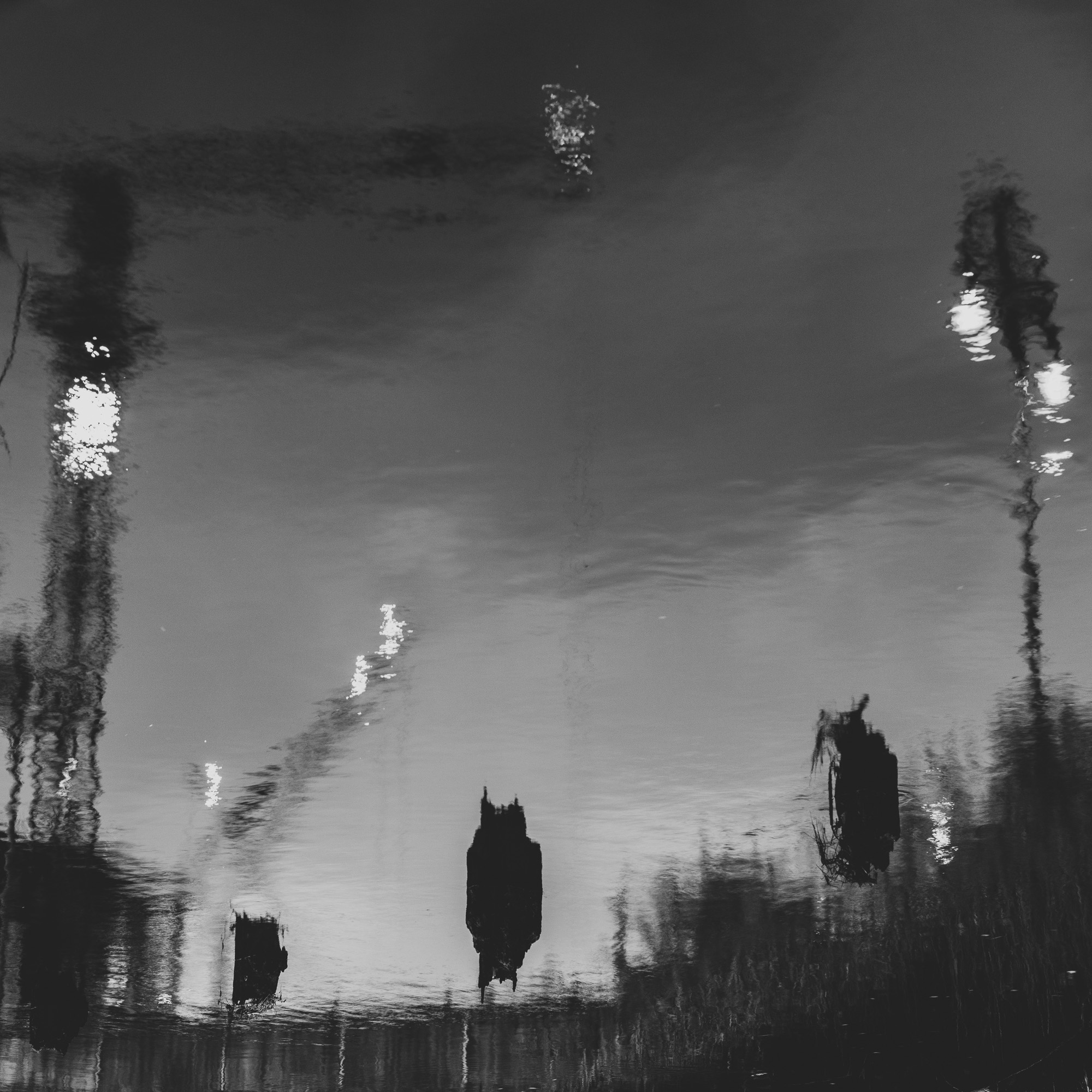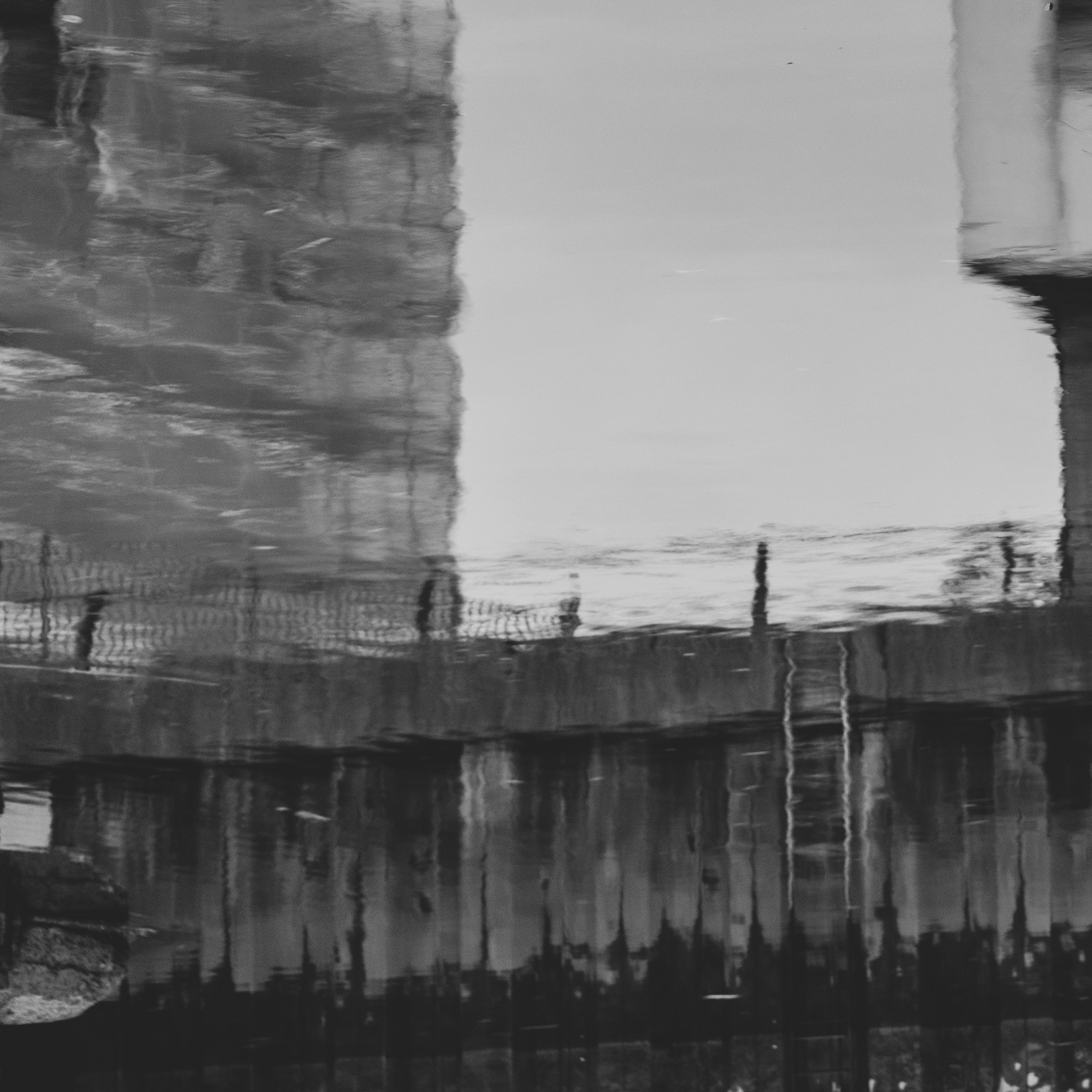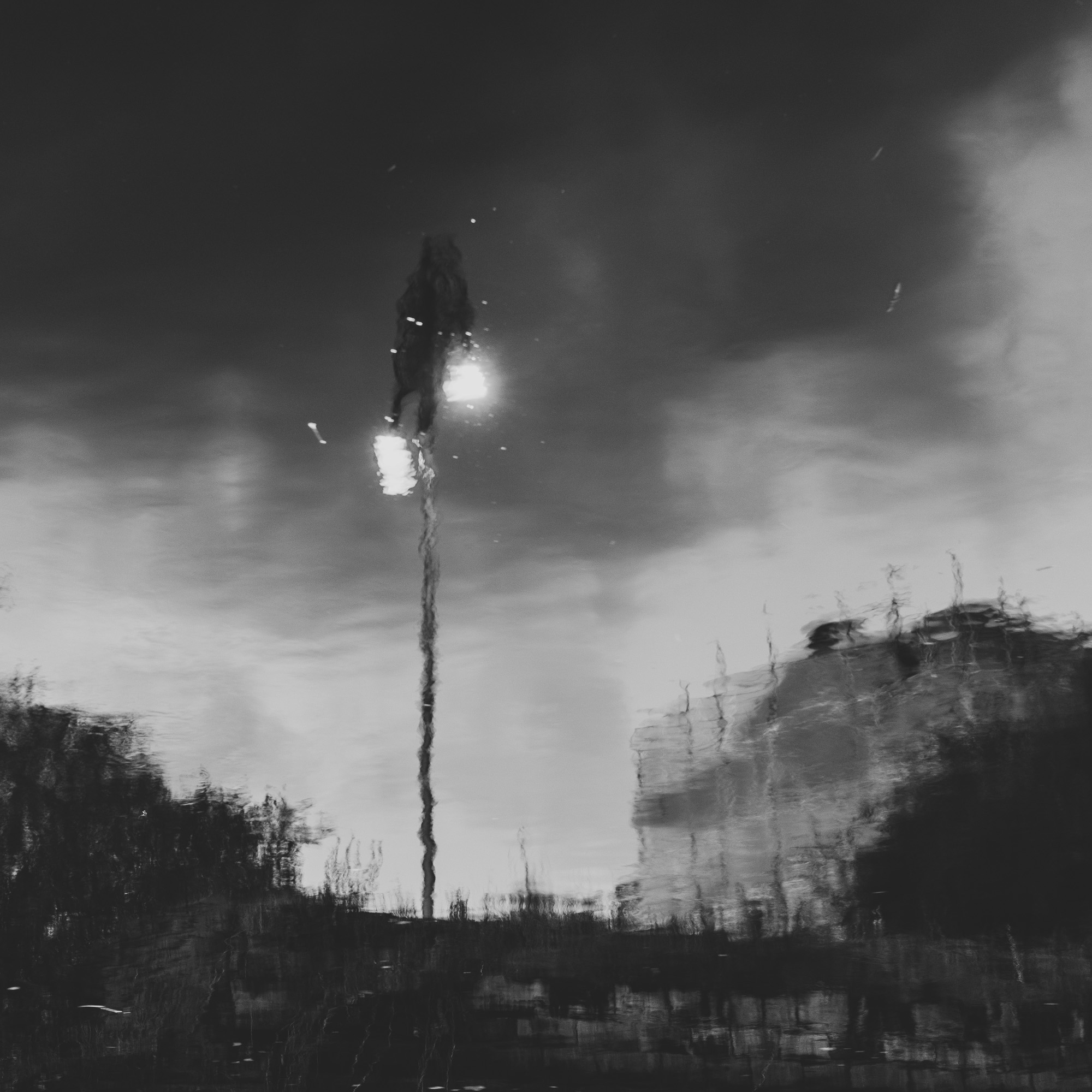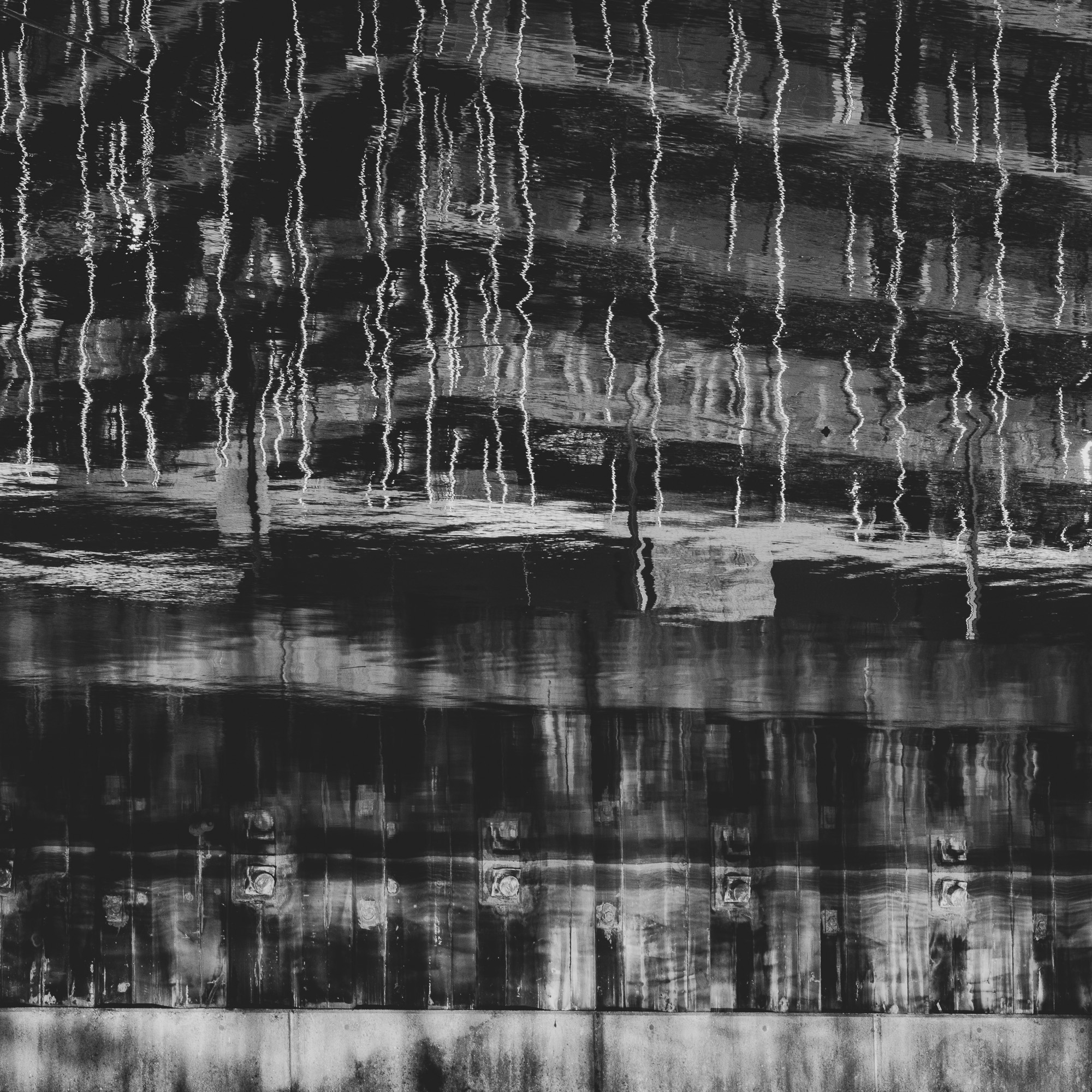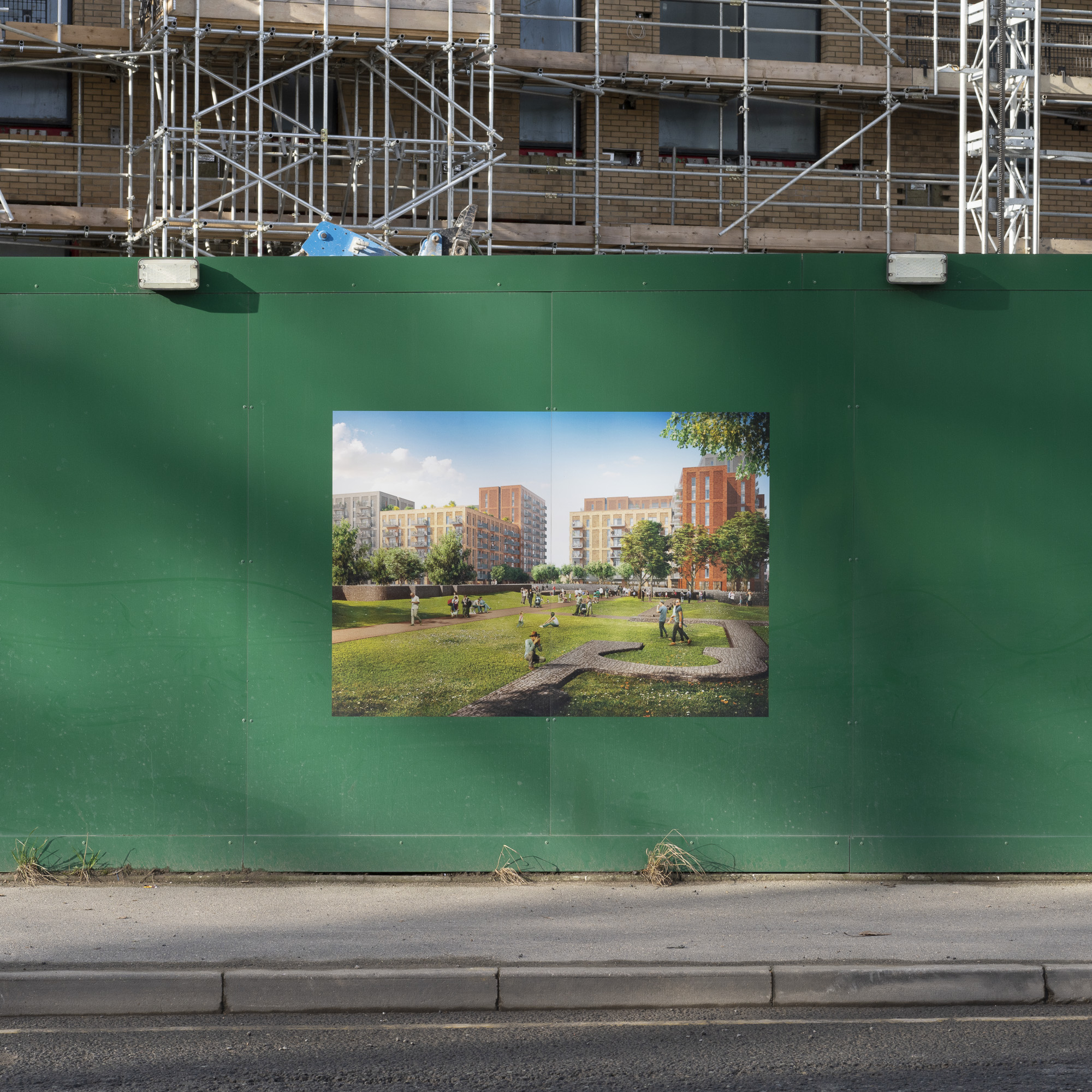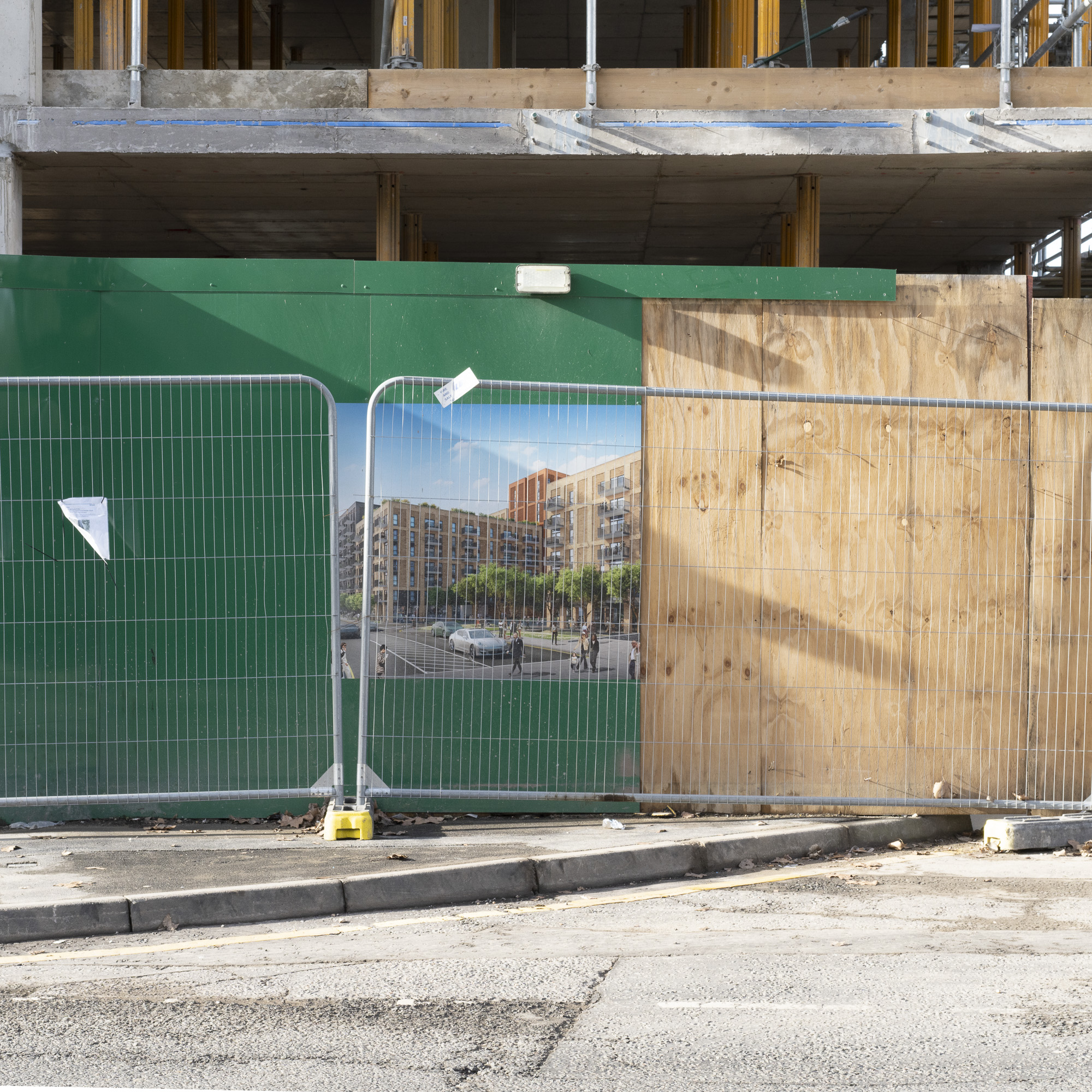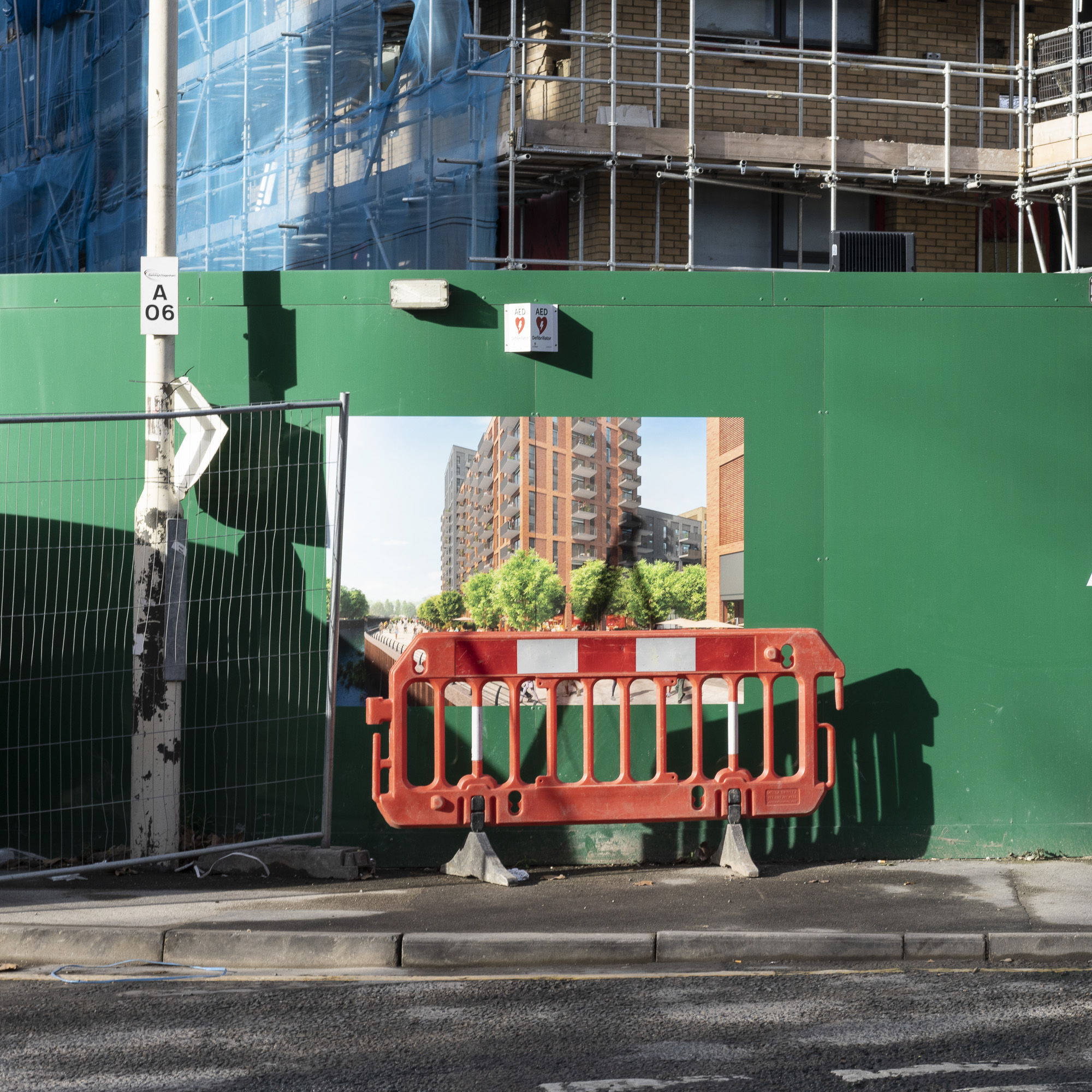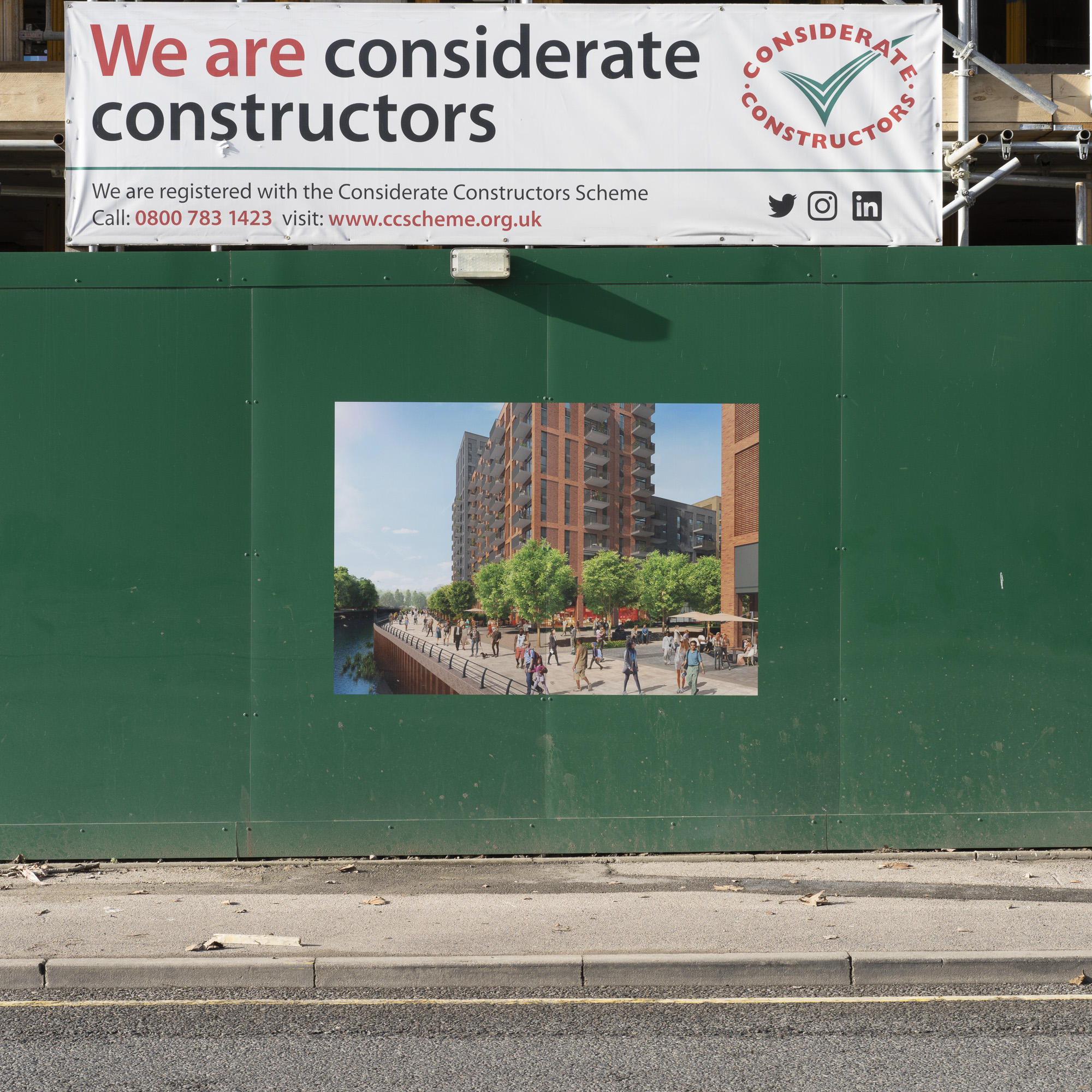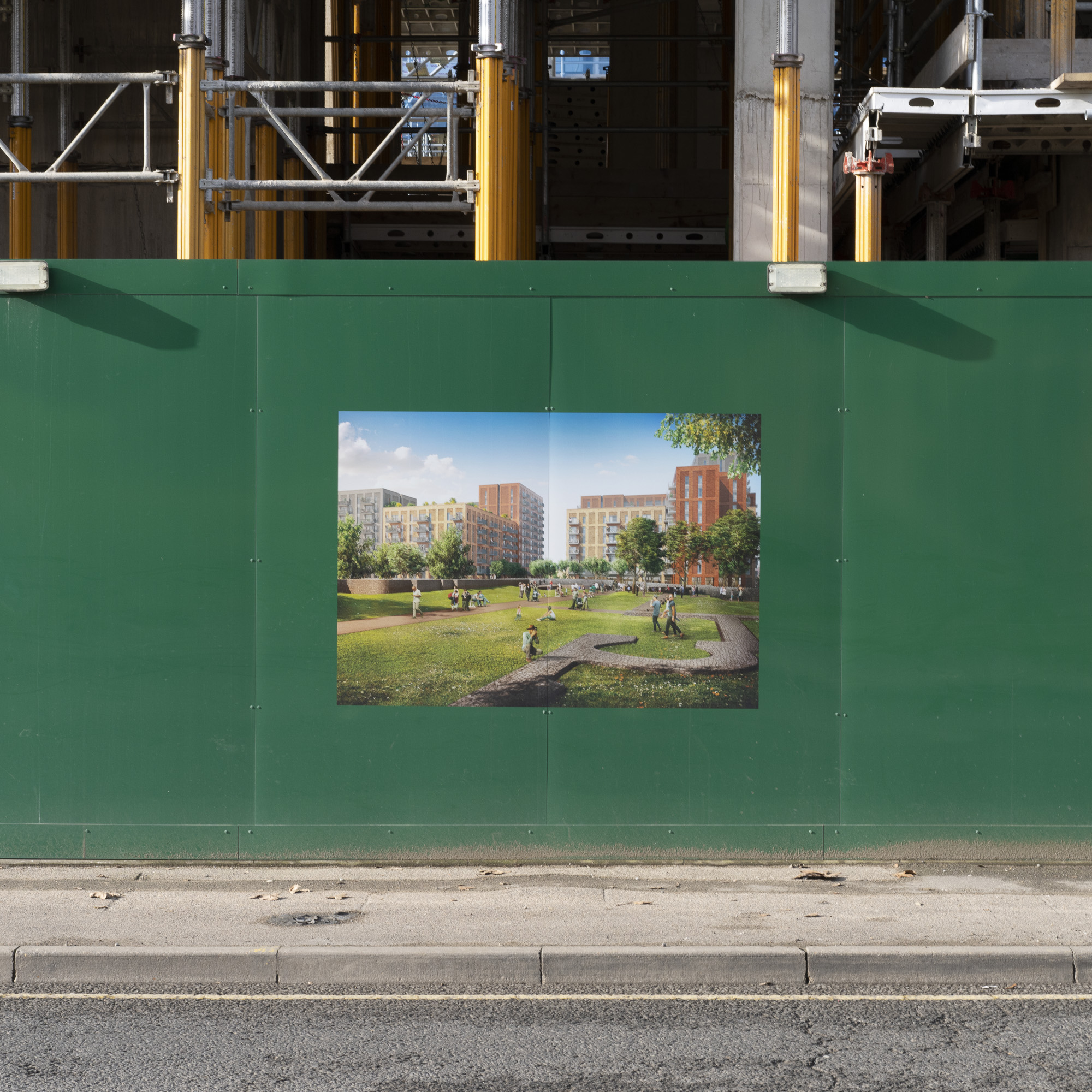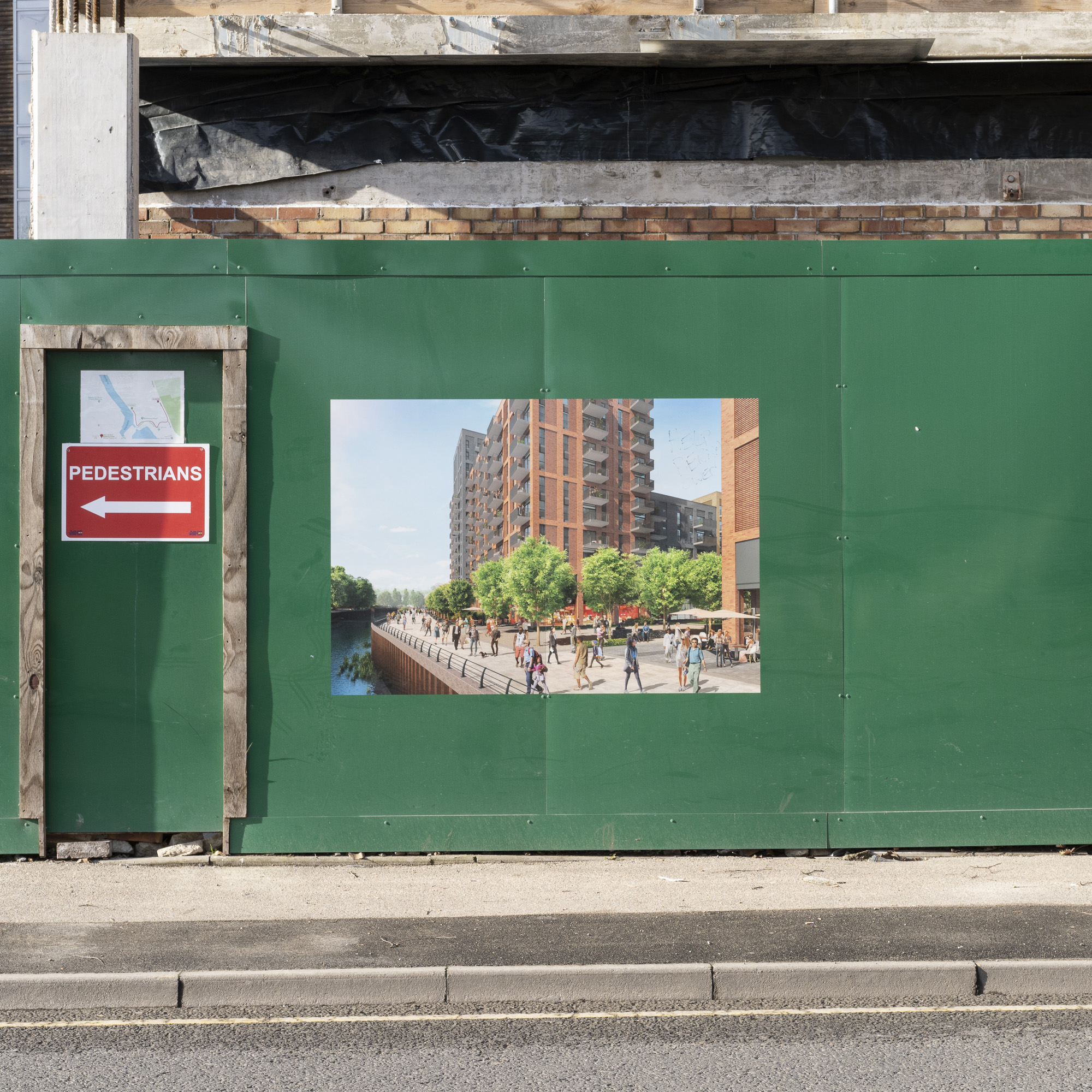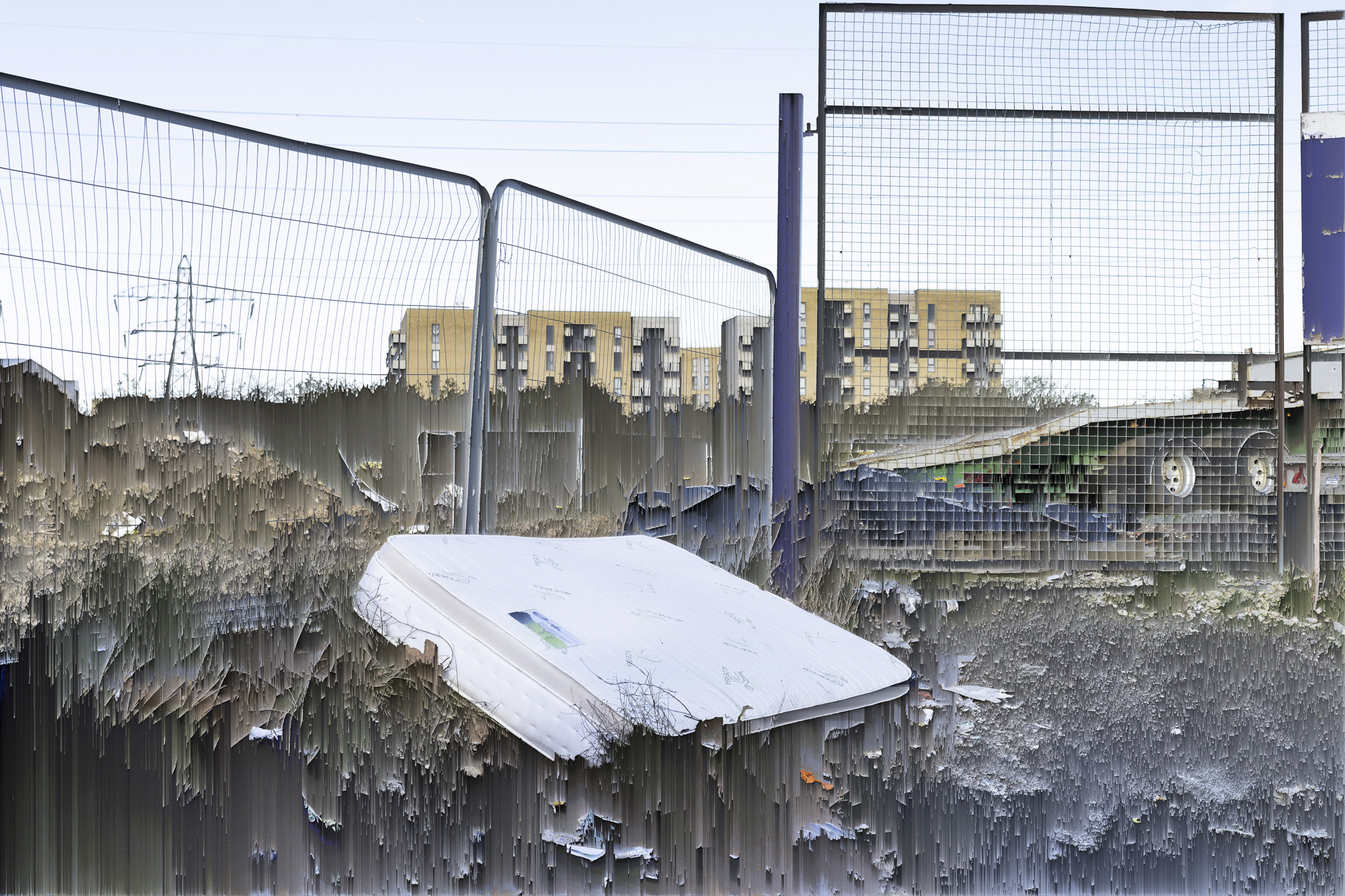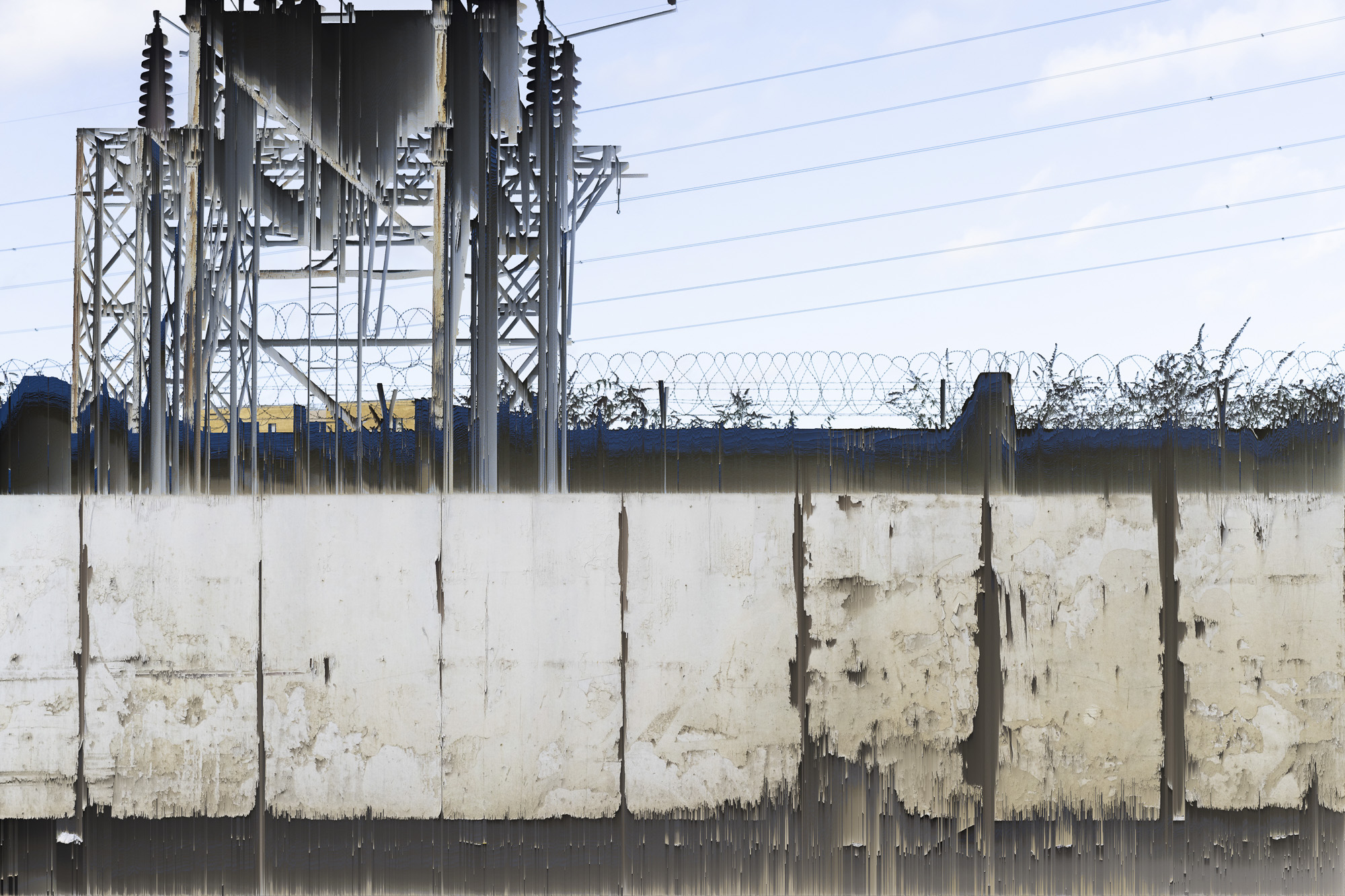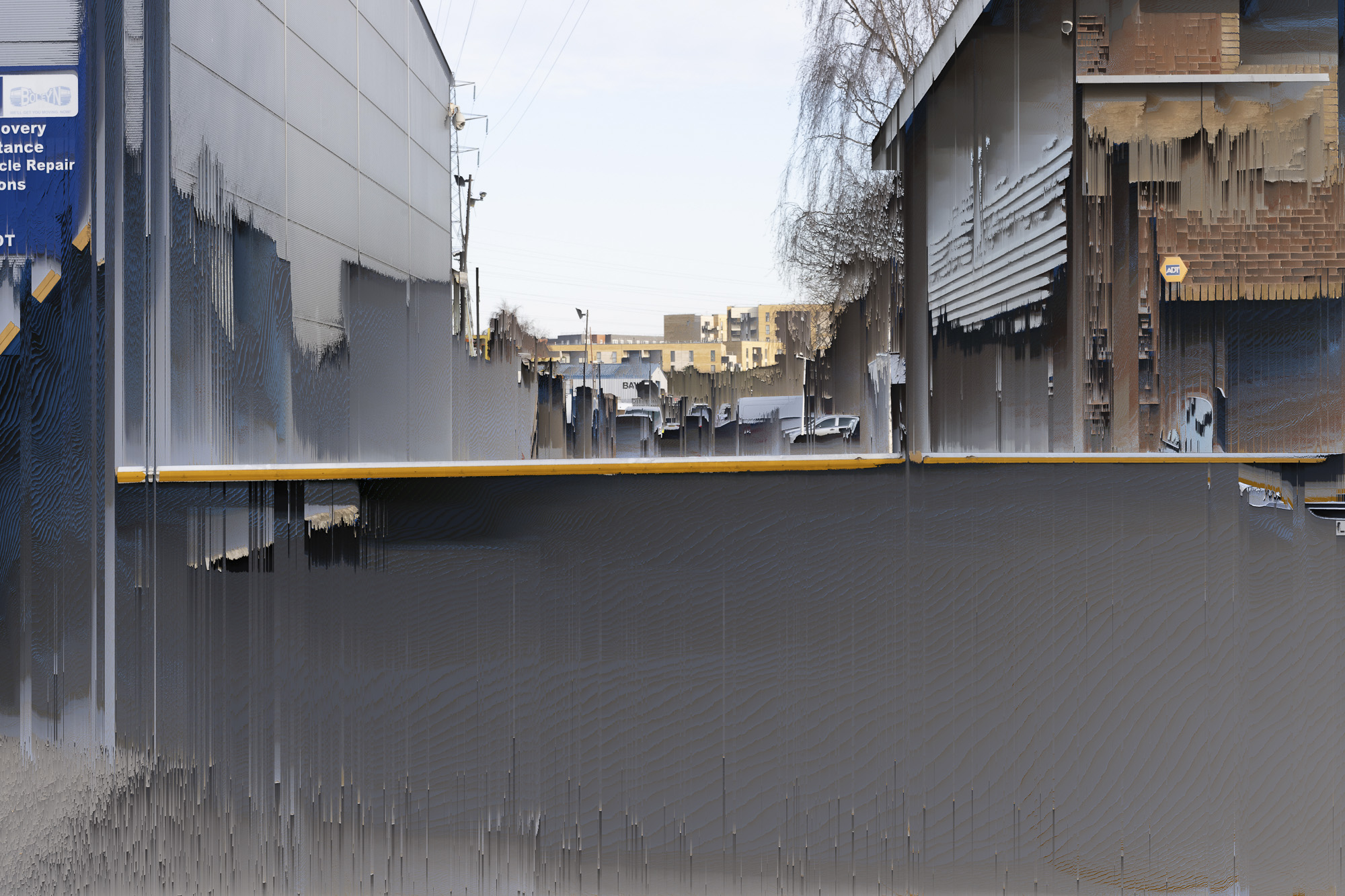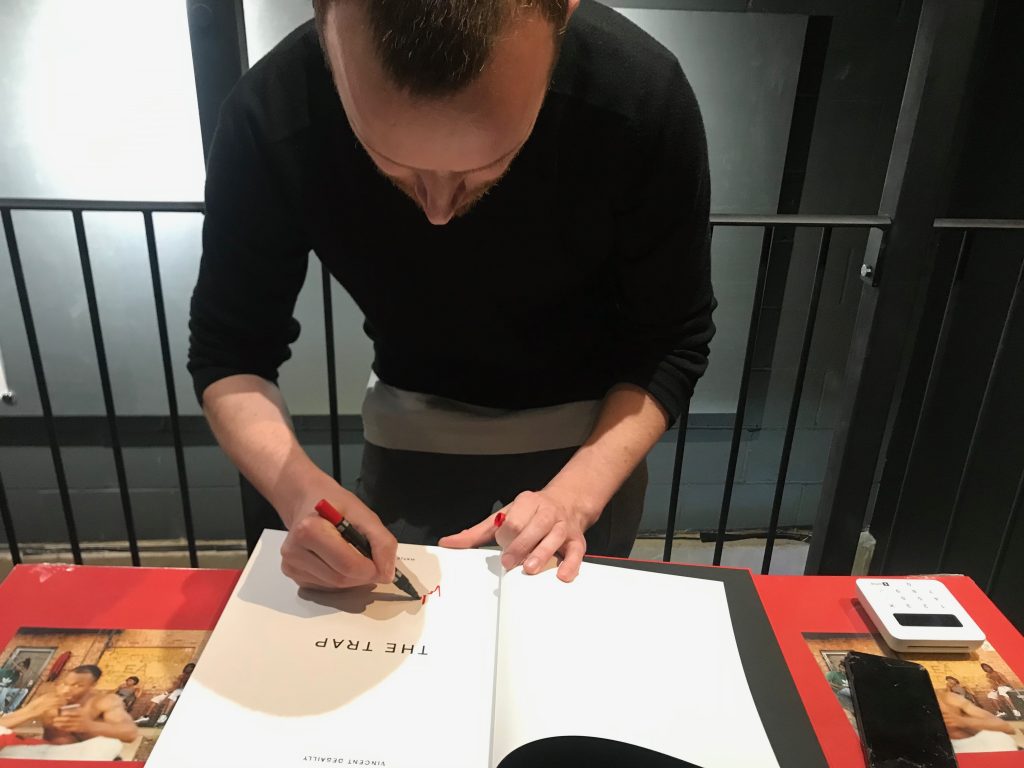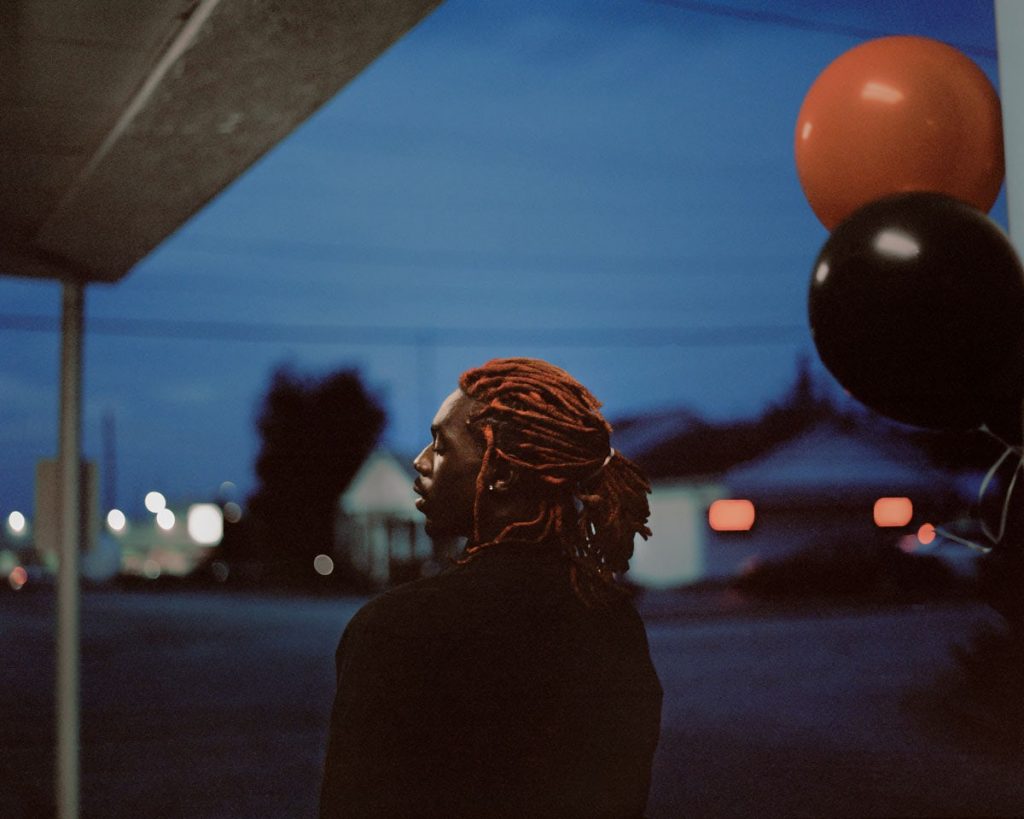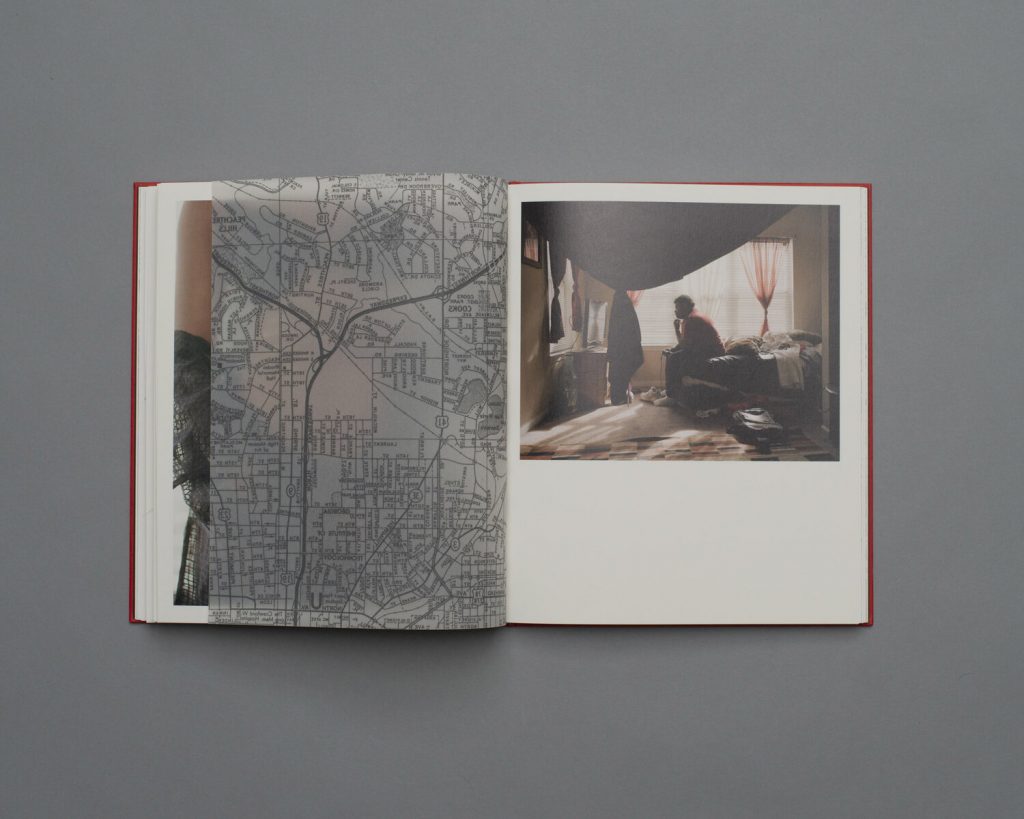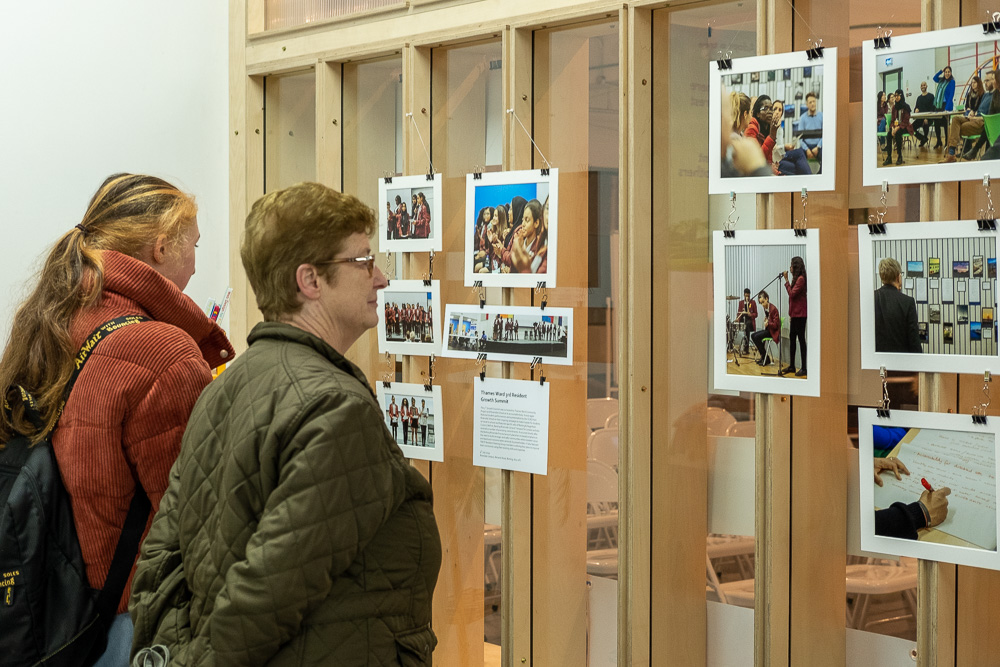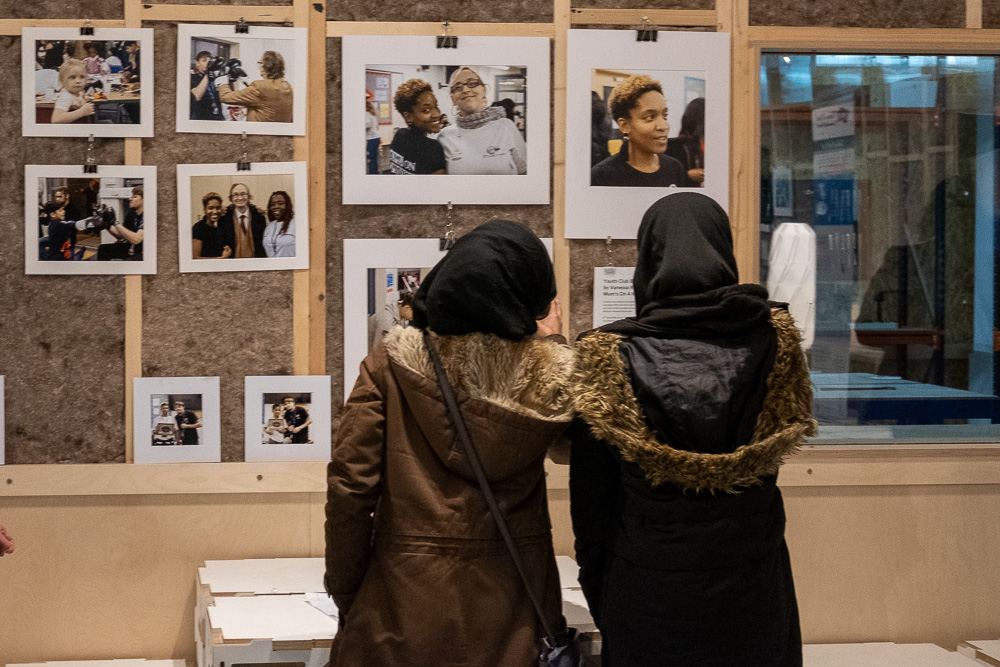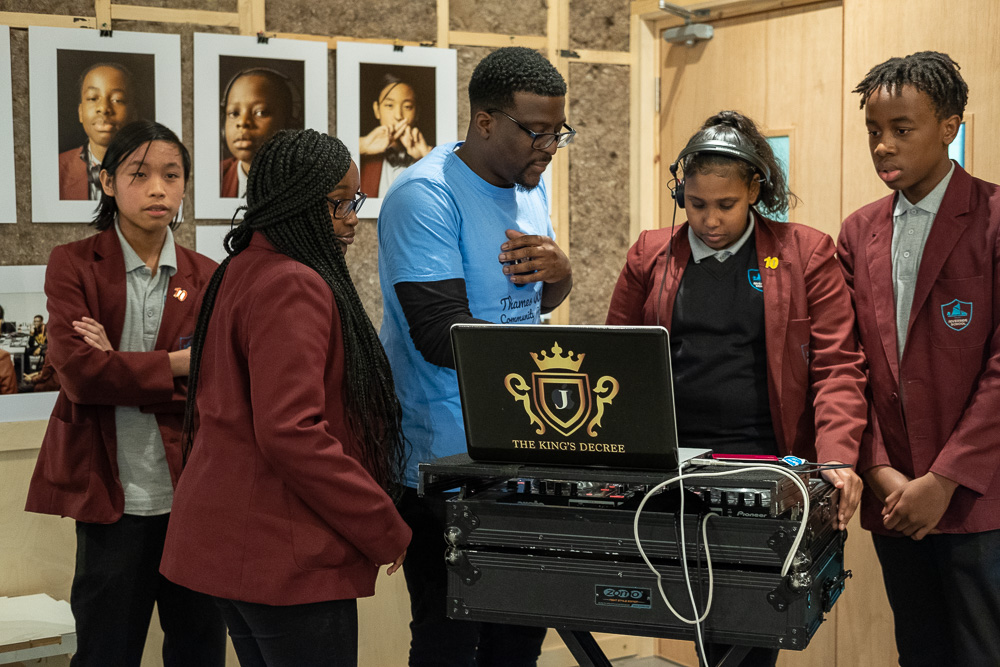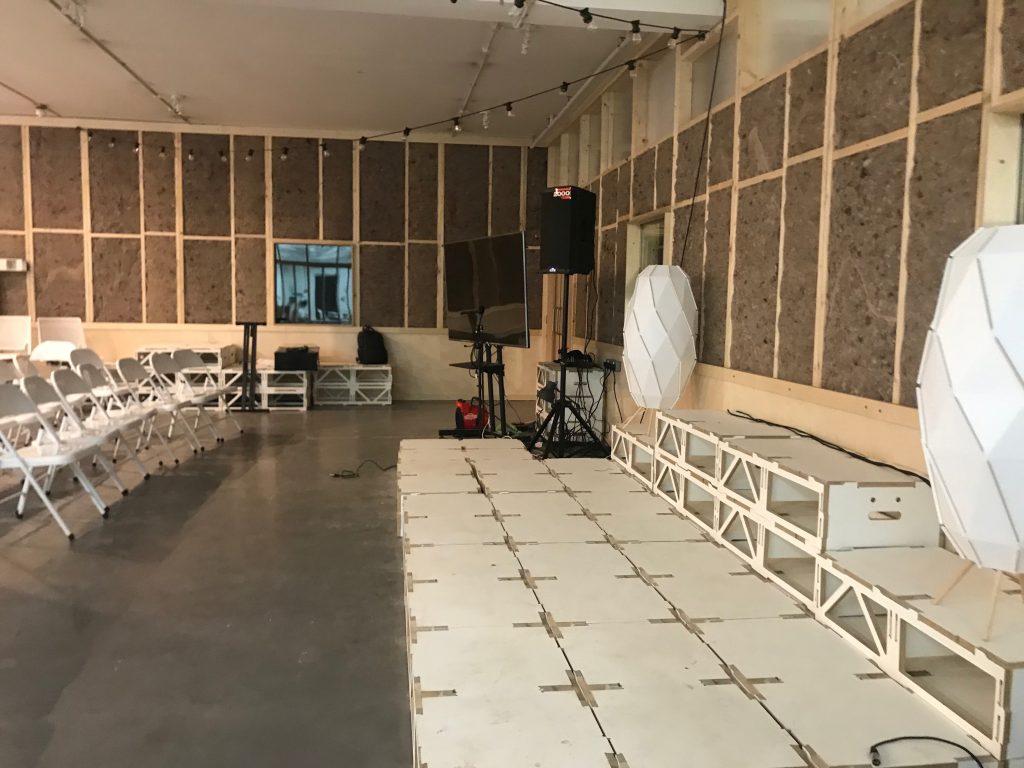Following feedback from Wendy, I’ve simplified and focused the descriptor. I’ve got a clearer sense of the outcomes of the project in relation to the work done so far, and how the work submitted for the FMP will relate to the wider community engagement work. The relationship between this work and the wider body of work can be discussed in the Critical Review of Practice, which will include some thoughts on how the work might be developed following the MA. There is still some finessing of the text to be done (including the titling of the three components).
Beating the Bounds
Beating the bounds is an ancient English custom that, in a period that pre-dates maps, involved walking the boundaries of an area in order to remind a community of the extent of its territory through visceral experience of its natural and human markers.
This project, inspired and informed by my community engagement activities in east London, explores three areas of rapid and extensive redevelopment in the Barking and Dagenham, London’s poorest and fastest developing borough. The urgent demand for new housing has put particular pressure on the outer boroughs of east London, optimistically referred to as the ‘rising east’. A combination of availability of disused industrial sites, neglected housing stock, social demand and aspirational local government has led to a proliferation of large-scale housing developments.
These regeneration projects have a profound impact on communities and the environment. As contested, privately owned spaces, they disrupt the relationship between community and place, severing continuity between the past and present and hopes for the future, and transform the relationship between the built and, an increasingly manicured, natural environment. The vision for the three areas presented by the developers is generic and homogeneous, and consequently dramatically out of step with the particular environmental, social and cultural characteristics of each area.
My photographic work presented for the final project visually explores aspects of this disjunction. The work is produced from images and sound recordings made, and artefacts collected, in walking the ‘bounds’ of each of the three developments. It is presented alongside contextualising materials, including maps, historical images, planning documents, text and computer-generated images.
Beating the Bounds One. The town centre is a transport and retail hub that acts as a focus of activity for a diverse community. The vision of creating a ‘mini-Manhattan‘ with high rise apartments and upmarket retail outlets lies in tension with the life-worlds of current residents in one of the poorest wards of the UK. A market, dating back to the twelfth century, runs along one edge of the development area. The images explore the complex entanglement of everyday human activity with the changing natural and built environment, an entanglement neglected and negated by the CGI projected vision of the developers.
Beating the Bounds Two. Barking is an ancient parish, dating back to the seventh century. It straddles the River Roding and developed around fishing and boat building from the fourteenth to the nineteenth century, at which time it was home to England’s largest fishing fleet, the Short Blue. The industrial properties and retail parks that built up around the river following the decline of fishing are now the site of a number of large high-density housing developments, collectively referred to as the Roding Riviera. The images explore the developments reflected in the river that flows alongside them and represented on the hoardings which separate the development from a historic site along its eastern border, which includes the Church where Captain James Cook and Elizabeth Batts were married in 1762.
Beating the Bounds Three. The Barking Riverside development runs along the Thames and is surrounded by industrial units, scrap yards and waste processing plants. It sits on marshland adjacent to former sites of two power stations (a decommissioned gas-powered plant and an older now demolished coal-fired plant) and chemical plants, which have left high levels of pollutants in the land. This development is one of the largest in Europe, comprising of over 11,000 units, and ultimately housing a population equivalent to a city the size of Derby. The aspirations of the council leader are to create a ‘Barcelona on the Thames‘, a reference to the regeneration of the derelict industrial eastern Barcelona waterfront in preparation for and following the 1992 Olympics. In this series of images, the unruly industrial and natural periphery of the Barking Riverside development is explored through the chemical and digital degradation of images of the development, and through images made of along the boundary between the riverside public footpath and the private land of the new development.
The images and materials are presented in three artist made archive boxes and can be configured and used in different ways (for instance, as an exhibition, as the basis for a group activity or for individual handling and reflection). There is no predefined order to the images or expectations about how viewing of the images should be combined with the contextual materials. The work is non-didactic and is designed to eschew a single narrative. The sets of images are presented as a lyrical response and intended to offer the viewer the opportunity to construct their own narratives and sense of place from their engagement with the work, and, indeed, to reconfigure and add to the collections.
‘The catalyst that converts any physical location–any environment if you will–into a place, is the process of experiencing deeply. A place is a piece of the whole environment that has been claimed by feelings’.(Gussow, 1971:27)
Alan Gussow. 1971. A Sense of Place: the Artist and the American Land. San Francisco: Friends of the Earth/John Muir Institute.

